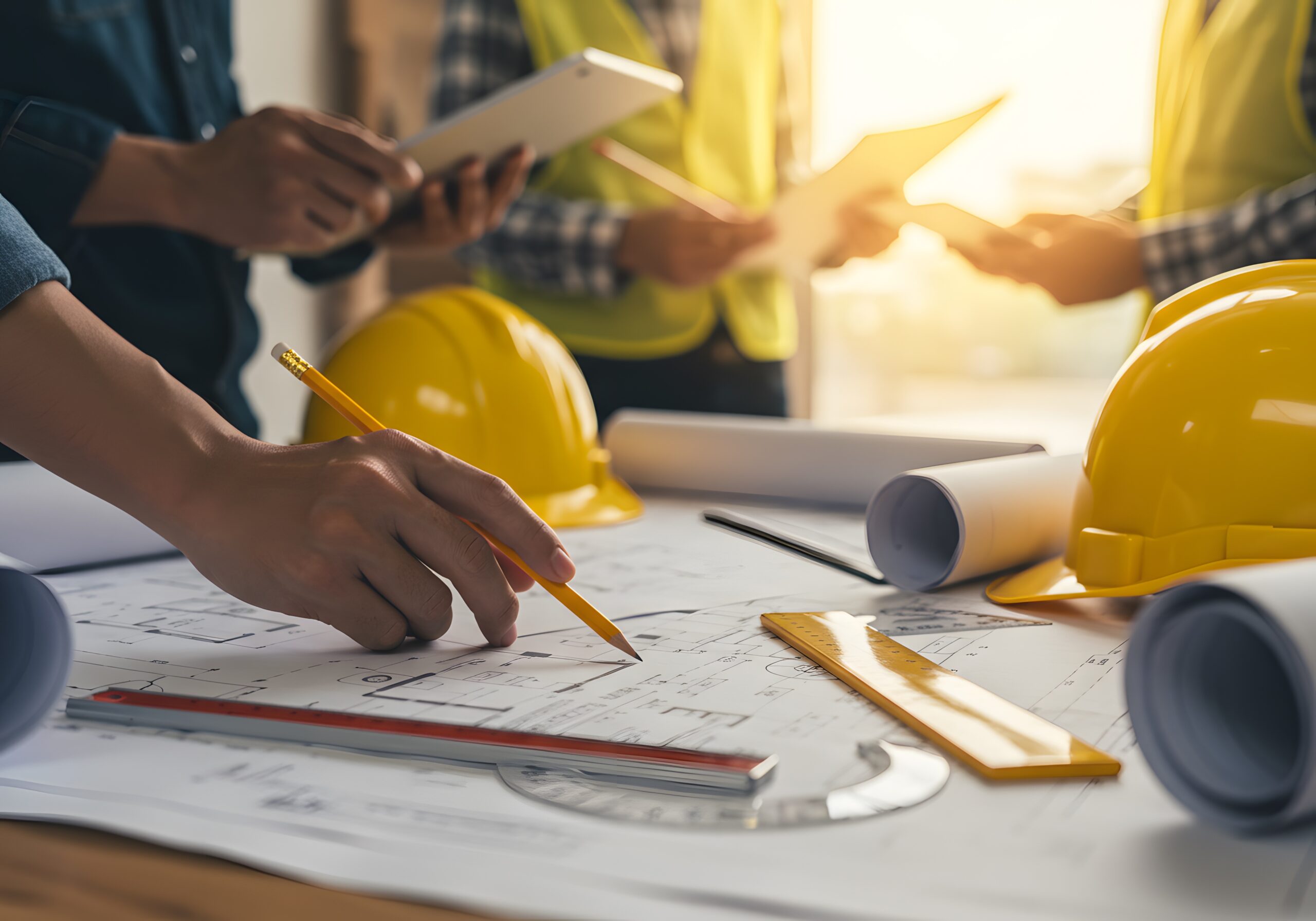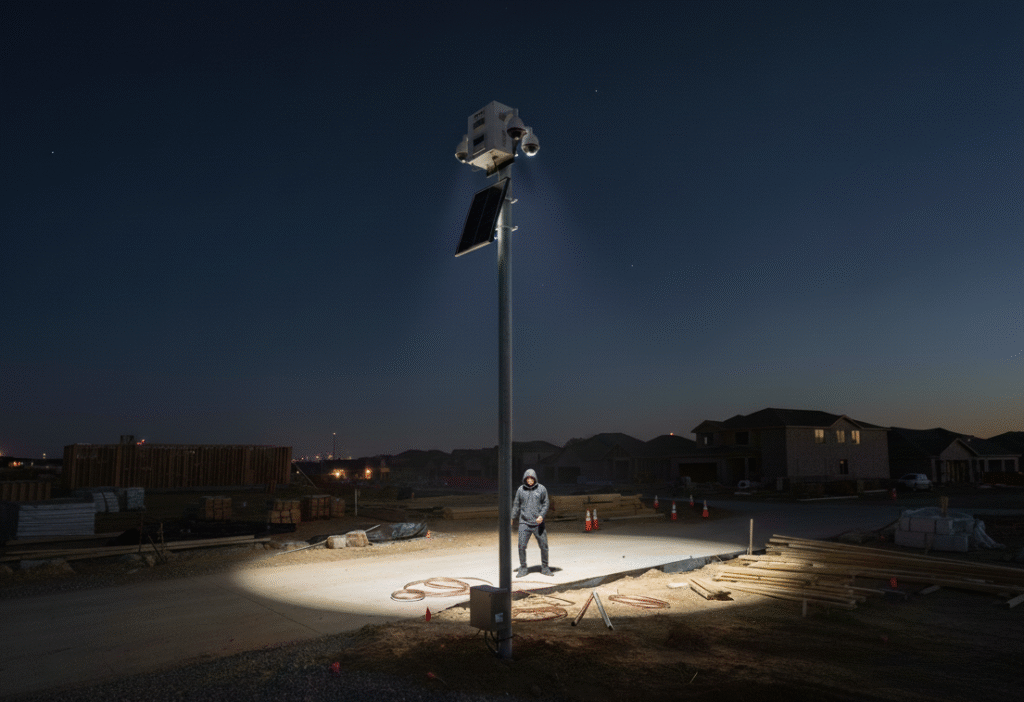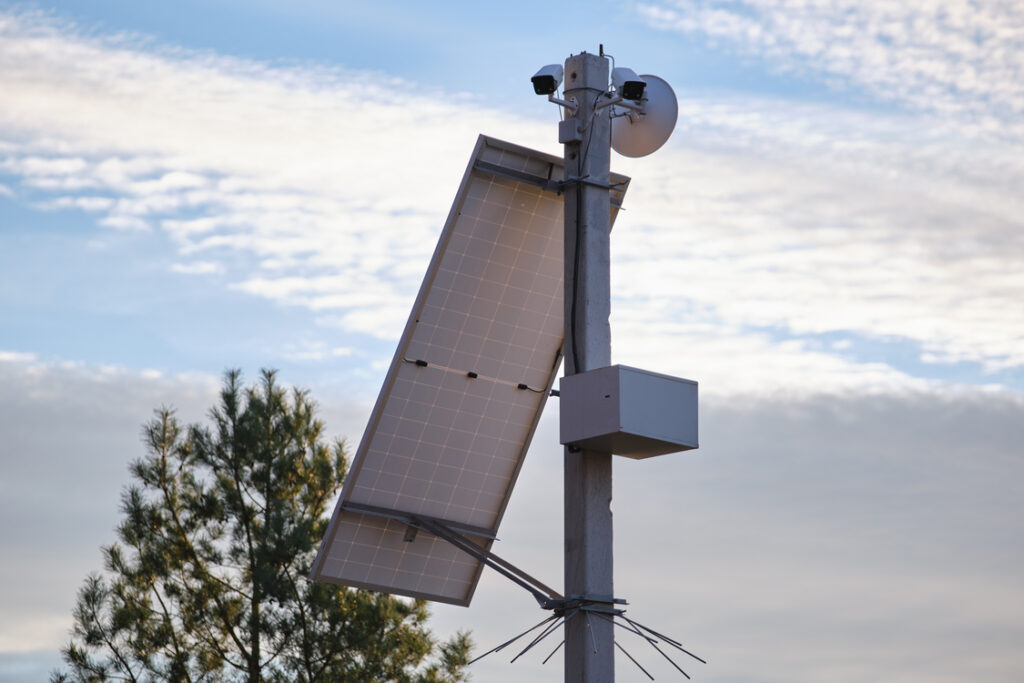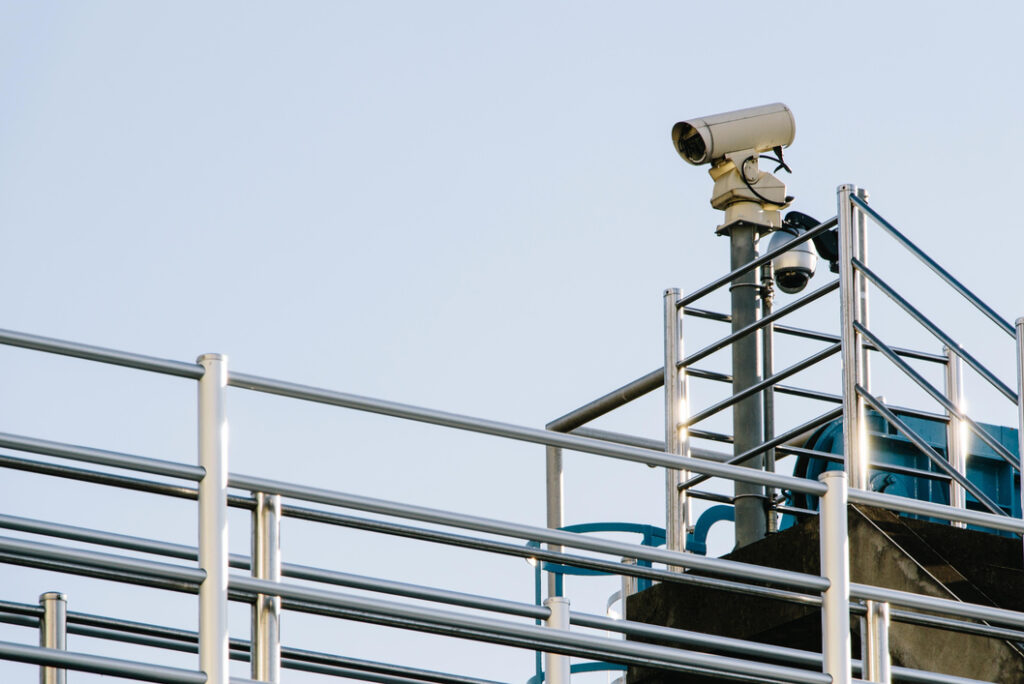Construction Accountability Through Real-Time Jobsite Visibility
Accountability in construction starts with visibility. When you can see exactly when subcontractors arrive on site, when material deliveries land, and when work activities actually occur, you eliminate the guesswork that plagues project schedules. Construction delays cost money. Late shipments, lost materials, overordering, and costly downtime are common when tracking systems aren’t in place, but more importantly, they destroy carefully planned schedules and erode profitability.
By deploying live cameras with time-stamped documentation of arrivals, departures, and material drops, general contractors gain objective proof of what actually happened on their jobsite. This visibility serves multiple critical functions: it keeps your schedule on track, verifies subcontractor performance, provides evidence for time-and-materials contract billing, and creates an undeniable record if schedule disputes arise.
The Hidden Cost of Schedule Visibility Failures
Schedule delays are expensive, but many GCs don’t fully understand why. When subcontractors fail to show as scheduled, when material deliveries don’t arrive as coordinated, or when crews underperform, the immediate impact—the day crews sit idle—is obvious. But the cascading impact is what truly destroys profitability.
Daily reports create an operational record confirming whether scheduled work has occurred, equipment was delivered and used, and site conditions were consistent with expectations. Without consistent documentation, disagreements rely on memory or hearsay. Tight sequencing magnifies these issues, causing cascading delays.
The Subcontractor Verification Problem
Managing subcontractors effectively requires knowing what they’re actually doing and when. Many GCs rely on self-reporting, timesheets, or periodic site visits, which are often inaccurate. Live camera footage with time-stamped arrivals and departures creates an objective record, providing natural incentives for subcontractors to maintain schedule and productivity.
Material Deliveries: Turning Chaos into Coordination
Material delivery coordination is one of the most challenging aspects of project management. When deliveries are late, incomplete, or misdirected, crews sit idle and schedules slip. Live camera documentation creates several advantages:
- Objective Delivery Verification: Timestamped footage confirms delivery times and quantities.
- Early Issue Detection: Identify incomplete, damaged, or incorrect deliveries immediately.
- Schedule Coordination: Adjust crew schedules based on actual delivery times.
- Proof Against Disputes: Provides evidence if delays or errors are questioned.
Time-and-Materials Contract Accountability
For projects operating under T&M contracts, live documentation ensures accurate billing. Cameras provide objective proof of subcontractor hours and work completed, reducing disputes and payment friction. This establishes a clear, objective standard for both contractors and subcontractors, improving accuracy and transparency.
The Documentation Chain: From Arrival to Installation
The most powerful use of camera documentation is creating a complete chain of evidence:
- Delivery Documentation: Timestamps confirm material arrivals and conditions.
- Staging and Storage: Cameras document proper handling and storage.
- Subcontractor Presence: Arrival, work start/end, and daily activity are captured.
- Installation Progress: Footage shows material consumption and work advancement.
- Schedule Verification: Connect deliveries, subcontractor presence, and installation to track schedule adherence.
Best Practices for Subcontractor and Delivery Verification
- Position Cameras for Maximum Clarity: Capture site entry/exit, material areas, and work zones.
- Use Time-Stamping Consistently: Synchronize all cameras to a single time source.
- Create Daily Documentation Routines: Review footage daily to identify delays or deviations.
- Link Camera Documentation to Project Records: Integrate with reports and schedules for verification.
- Communicate the System Clearly: Inform subcontractors and vendors about monitoring for accountability.
- Establish Clear Expectations: Define arrival times, departure times, and staging requirements.
- Prepare for Disputes: Include camera documentation in contracts as the verification standard.
The Leverage Point: Turning Data Into Accountability
The real power of camera documentation lies in establishing a culture of accountability. Subcontractors perform more reliably, material vendors improve service, and project teams make faster, more confident decisions. This operational reality drives profitability on complex projects: schedules stay on track, material coordination is seamless, and projects remain profitable.
Conclusion
In construction, knowledge is power, and visibility is the foundation of that knowledge. Real-time camera documentation of subcontractor activity and material deliveries transforms project management from guesswork into a fact-based, accountable process. By creating an objective record of what actually happens on site, general contractors can keep schedules on track, verify subcontractor performance, resolve disputes efficiently, and maximize profitability. Projects no longer suffer from cascading delays or hidden inefficiencies, and stakeholders gain confidence knowing that every phase of work is documented and accountable. Ultimately, deploying a robust camera-based documentation system isn’t just a management tool—it’s a strategic advantage that ensures projects are completed on time, within budget, and with fewer conflicts.




